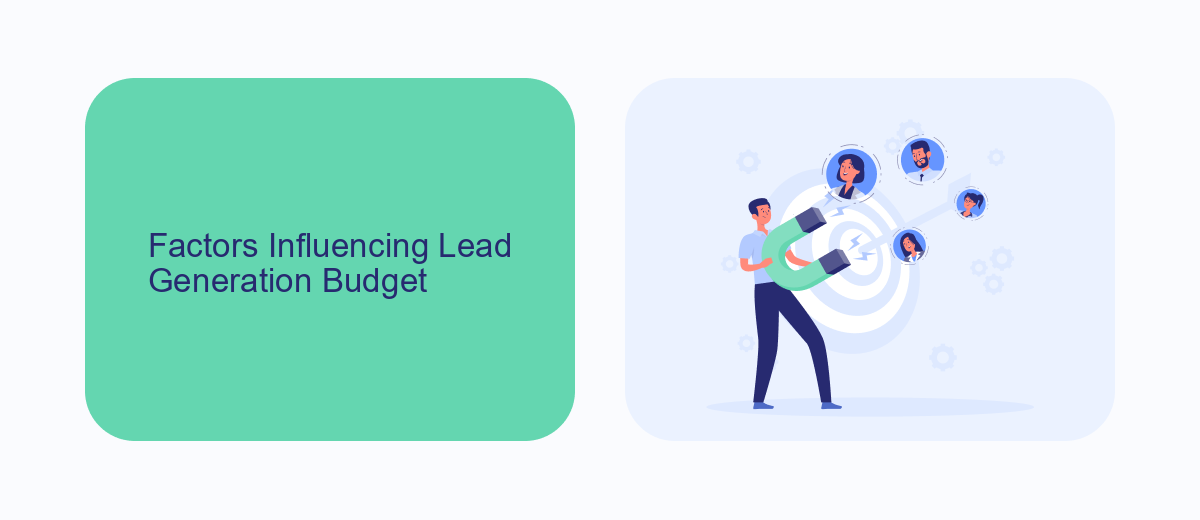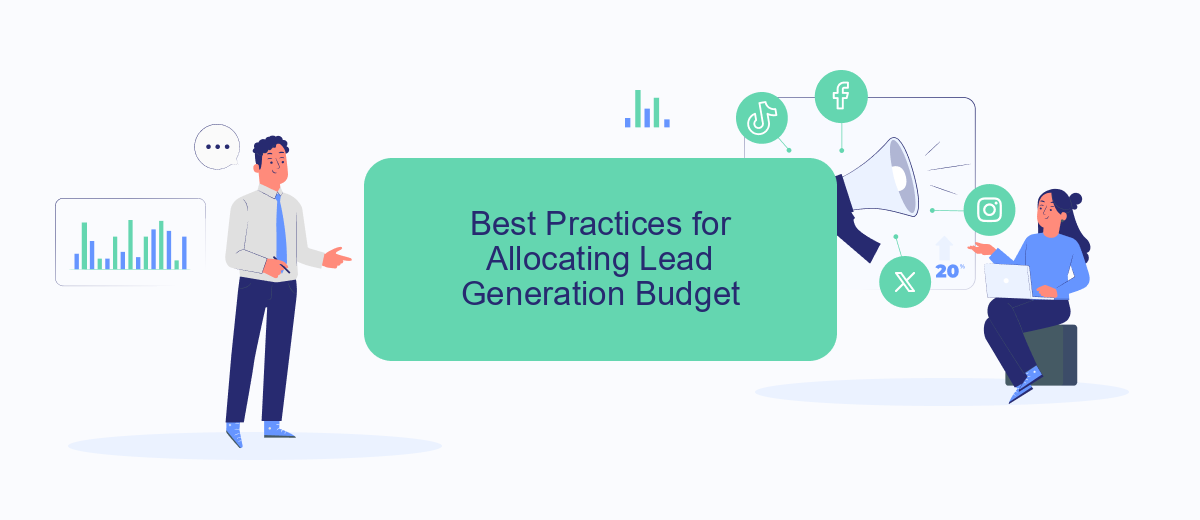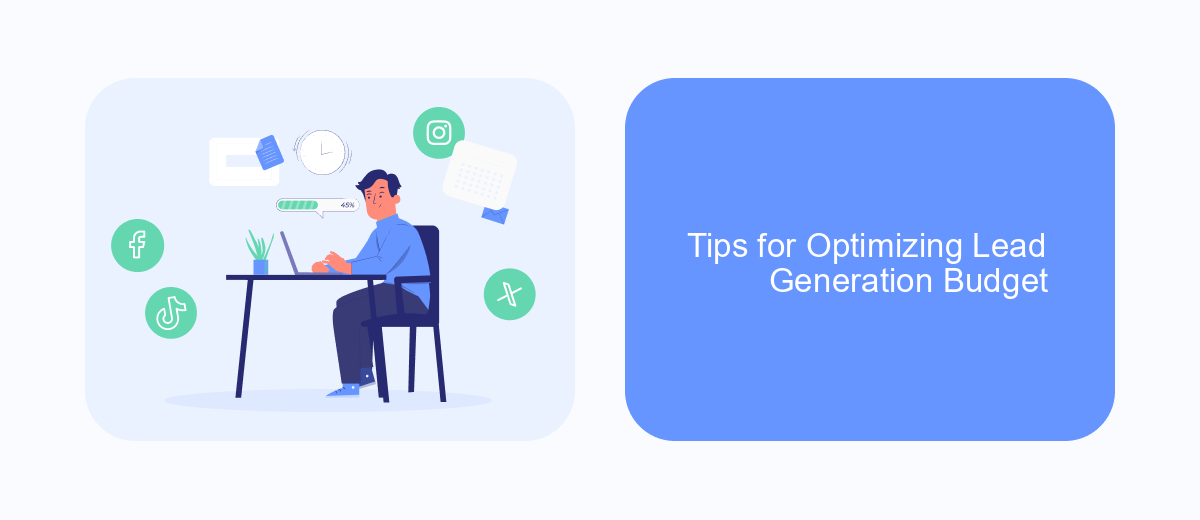Creating an effective lead generation budget is crucial for any business aiming to grow its customer base and increase revenue. This article will guide you through the essential steps to allocate your resources wisely, ensuring you maximize your return on investment. Learn how to balance spending across various channels and strategies to generate high-quality leads that convert.
Lead Generation Budget: Definition and Importance
Lead generation budget refers to the financial allocation dedicated to acquiring potential customers for a business. This budget encompasses various strategies and tools aimed at attracting and converting leads into paying customers. Proper budgeting ensures that resources are efficiently utilized to maximize return on investment (ROI) and achieve business growth.
- Helps in planning and executing lead generation campaigns effectively.
- Enables tracking and measuring the success of different marketing channels.
- Ensures optimal allocation of resources to high-performing strategies.
- Facilitates scalability and adaptability in marketing efforts.
Understanding the importance of a lead generation budget is crucial for businesses looking to thrive in competitive markets. Tools like SaveMyLeads can significantly streamline the process by automating lead data integration from various sources, ensuring that marketing efforts are both efficient and effective. By leveraging such services, companies can focus on refining their strategies and improving lead quality, ultimately driving better business outcomes.
Factors Influencing Lead Generation Budget

Several factors can significantly influence the lead generation budget. One of the primary considerations is the target audience. Understanding the demographics, preferences, and behavior of potential leads helps in allocating resources more effectively. Additionally, the choice of marketing channels, such as social media, email campaigns, or paid advertising, plays a crucial role. Each channel has its own cost structure and effectiveness, which must be evaluated to optimize spending.
Moreover, the complexity and integration of tools and services also impact the budget. For instance, using advanced CRM systems or automation tools like SaveMyLeads can streamline lead management and improve efficiency, but they come with associated costs. The level of personalization and customization required in campaigns can further influence expenses. Lastly, market competition and industry trends should be considered, as they can affect the cost of acquiring quality leads. By analyzing these factors, businesses can better plan and allocate their lead generation budget.
Best Practices for Allocating Lead Generation Budget

Allocating your lead generation budget effectively is crucial for maximizing ROI and ensuring sustainable growth. Here are some best practices to help you distribute your budget wisely:
- Analyze Past Performance: Review previous campaigns to identify what worked and what didn’t. Allocate more funds to strategies that have shown high conversion rates.
- Prioritize High-Impact Channels: Focus on channels that yield the most qualified leads. This could include social media, email marketing, or paid search.
- Invest in Automation Tools: Use services like SaveMyLeads to automate lead capture and integration processes. This can save time and reduce manual errors, allowing your team to focus on more strategic tasks.
- Test and Optimize: Continuously test different approaches and optimize based on performance data. A/B testing can help you identify the most effective tactics.
- Allocate for Flexibility: Keep a portion of your budget flexible to take advantage of new opportunities or to pivot strategies if needed.
By following these best practices, you can ensure that your lead generation budget is used efficiently, driving better results and higher ROI. Remember to regularly review and adjust your budget allocation based on performance metrics and market changes.
Tips for Optimizing Lead Generation Budget

Optimizing your lead generation budget is crucial for maximizing ROI and ensuring your marketing efforts are cost-effective. Start by analyzing your current spending and identifying areas where you can cut costs without sacrificing quality.
Next, focus on leveraging data to make informed decisions. Use analytics tools to track the performance of your campaigns and adjust your strategies accordingly. This helps in allocating your budget more efficiently.
- Automate lead generation processes using tools like SaveMyLeads to save time and reduce manual effort.
- Prioritize high-performing channels and cut back on those that yield low returns.
- Regularly review and optimize your ad spend to ensure you're getting the best value for your money.
- Test different strategies and refine your approach based on what works best.
By following these tips, you can ensure that your lead generation budget is being used effectively. Continuous monitoring and adjustment are key to maintaining an optimized budget that drives results.
Monitoring and Evaluating Lead Generation Budget
Monitoring and evaluating your lead generation budget is crucial for ensuring that your marketing efforts are both effective and cost-efficient. Begin by setting clear KPIs, such as cost per lead (CPL), conversion rates, and return on investment (ROI). Regularly track these metrics to identify trends and areas for improvement. Utilizing tools like Google Analytics and CRM systems can provide comprehensive insights into your lead generation performance, helping you make data-driven decisions.
Additionally, integrating your lead generation platforms with automation tools like SaveMyLeads can streamline the monitoring process. SaveMyLeads allows for seamless data transfer between various marketing channels and your CRM, ensuring that all lead information is up-to-date and accurate. This integration not only saves time but also reduces the risk of human error, making your budget evaluation more reliable. Regularly reviewing and adjusting your budget based on these insights will help you optimize your lead generation efforts and achieve better results.
FAQ
What is a reasonable budget for lead generation?
How can I optimize my lead generation budget?
Is it worth investing in automation tools for lead generation?
How do I measure the ROI of my lead generation efforts?
What are some cost-effective lead generation strategies?
If you use Facebook Lead Ads, then you should know what it means to regularly download CSV files and transfer data to various support services. How many times a day do you check for new leads in your ad account? How often do you transfer data to a CRM system, task manager, email service or Google Sheets? Try using the SaveMyLeads online connector. This is a no-code tool with which anyone can set up integrations for Facebook. Spend just a few minutes and you will receive real-time notifications in the messenger about new leads. Another 5-10 minutes of work in SML, and the data from the FB advertising account will be automatically transferred to the CRM system or Email service. The SaveMyLeads system will do the routine work for you, and you will surely like it.
